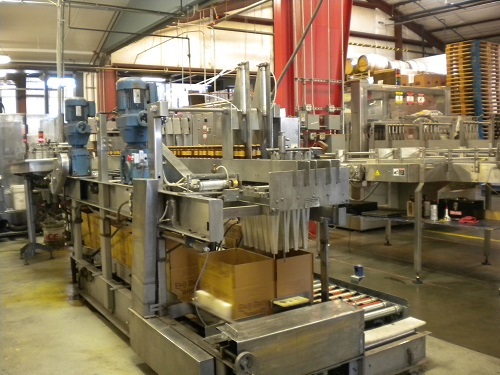
A century ago, Henry Ford’s assembly line revolutionized the way things were made. Until that time, objects were made individually. A craftsman would make one chair, start to finish, before moving on to the next chair. Using the assembly line concept, Henry Ford was able to take the 12.5 hours involved in building one car and whittle it down to 93 minutes. This dazzling feat changed not just production, but life itself.
Or so they usually say.
Was Henry Ford the first?
It may not be true. The three primary concepts of assembly lines are these:
- Workers stay where they are and work comes to them. Apparently, this was how it was done in ancient Assyria, and by the 14th century, the shipbuilders of Venice were using something we’d probably recognize as an assembly line. In 1804, the British Navy was using steam-powered conveyor belts in the production of hardtack, or ships biscuits.
- Separate, complete pieces are made first in quantity and then put together. Honoré LeBlanc, a French gunsmith, suggested this idea but custom gunsmiths of his time were dismayed by the lack of artistry in the idea. Eli Whitney brought the idea to the U.S. and found that he could make guns more cheaply by having workers with less skill assemble interchangeable parts into guns. The products were also more consistent and easier to repair.
- There is a division of labor into multiple tasks, with each worker completing a single task repeatedly instead of working on the whole product. This was the norm in Chicago meat packing plants in the 1870s, and Henry Ford said the packing plants had inspired his assembly line. Ransom Olds patented the idea of an assembly line in 1901, so Henry Ford wasn’t even the first to use assembly lines to build cars.
He was the first manufacturer to commit to assembly lines on the scale and complexity of building an entire car.
Positives and negatives
Whoever came up with the assembly line, it had some great benefits. It made building things faster and cheaper, so that ordinary people were able to afford more goods than they had previously been able to enjoy. It increased productivity and efficiency in the United States in ways that helped American build a world power in the 20th century.
But there were also real negatives. Assembly lines weren’t always good for human workers. They made jobs repetitive, focused on speed, and pushed people to work without stopping for thought or rest. Making people work like robots didn’t work out well for the people.
Automation added motion control and robotics to the assembly line and continues to make the work safer and more satisfying for human machine operators.
Old or new, Rexroth Indramat electric motion control components are our specialty. We’ll help you keep your assembly line moving with expert service for your Indramat components.
